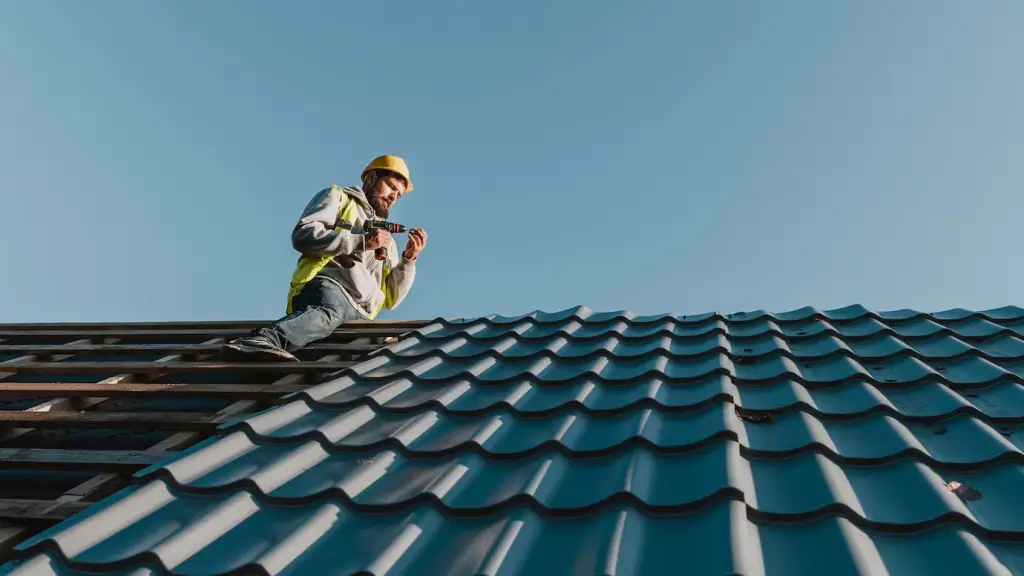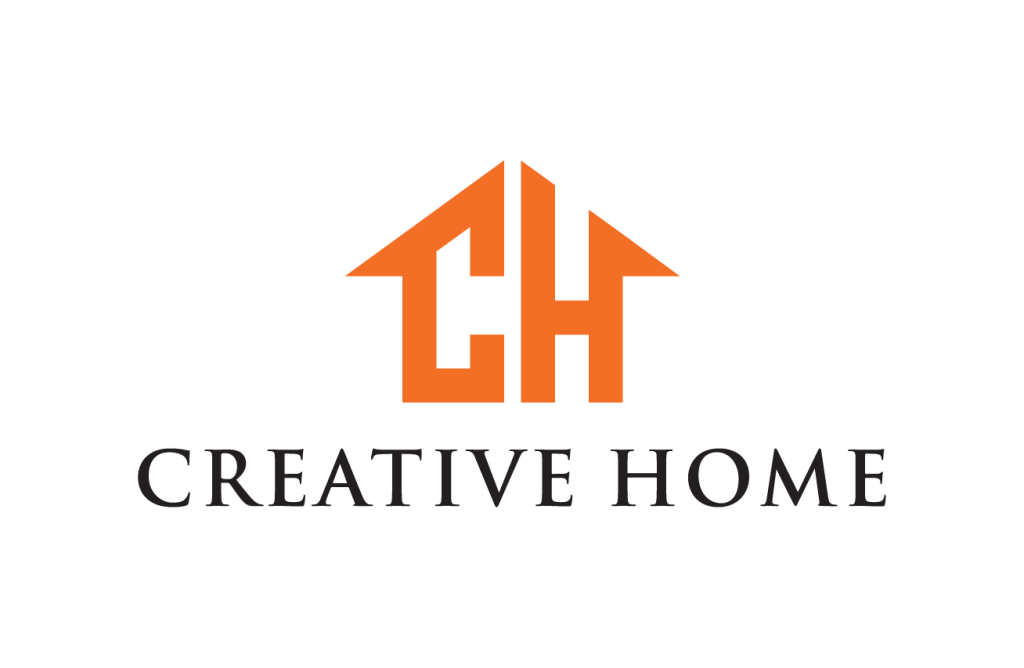The Ultimate Guide to Flat Roof Waterproofing in Dubai: Protecting Buildings from Water Damage
Dubai’s flat roofs bear the brunt of harsh sun, intense heat, and rare heavy rain. Without expert waterproofing, villas and apartments in communities like Arabian Ranches, Dubai Hills, and Jumeirah Village Triangle can suffer from leaks, insulation failure, and structural issues. At Creative Home Dubai, we help in safeguarding flat roofs using premium materials, advanced techniques, and full compliance with Dubai Municipality standards—ensuring peace of mind and long-term durability.
1. Understanding Flat Roof Waterproofing
Effective waterproofing isn’t just about covering the roof—it’s a holistic process involving roof slope correction, drainage design, and weather protection. In Dubai’s heat, standard coatings degrade quickly, while ponding water accelerates edge deterioration and flashing leaks.
Contractor Advice:
At Creative Home, we start with laser-level scanning to correct slope issues, install stainless steel or UPVC outlets, and complete thermal-insulating finishes—always meeting developer approvals for areas like Emaar-built villas.
2. Perfect Materials for Flat Roof Waterproofing
Let’s explore materials that meet the climate and performance needs of Dubai’s flat roofs:
a) EPDM Rubber Membrane Durable synthetic rubber resistant to UV, ozone, and temperature extremes (–40 °C to +120 °C). Offers 30–50-year lifespan.
Contractor Tip: Install loose-laid with ballast or fully adhered—always choose 1.2 mm EPDM for longevity in UAE’s climate.
b) PVC (Polyvinyl Chloride) Membrane
- Highly reflective with heat-welded seams, reducing heat gain.
- Ideal for villas in Palm Jumeirah or Downtown where roof terraces double as entertainment zones.
Contractor Advice: Use heat-welded methods; improper adhesion leads to seam failure under UV stress.
c) Liquid-Applied Polyurethane (PU) Systems
- Forms seamless elastomeric coating—great for hard-to-reach areas like parapets.
- Applied over primers and fabric reinforcement.
Contractor Tip: Schedule interior AC work before applying PU to prevent air bubbles and corrosion.
d) Torch-Applied Bituminous Membrane
- Still used for heritage villa restorations but needs expert fire management in enclosed communities.
- Less UV-resistant than synthetic options—best under pavers or screeds.

3. Best Techniques for Flat Roof Waterproofing
Waterproofing success depends on more than the material—it’s about method:
- Torch vs Heat-Weld vs Liquid:
Choose liquid for complex details; synthetic membranes for broad surfaces; torch only with fire permits in gated communities. - Thermal Insulation Integration:
Use PIR insulation board under membranes to reduce AC load and surface temperature—essential in villas in Arabian Ranches. - Flashings, Corners & Roof Drains:
Use prefabricated PVC flashings and corner seals. Flashings around AC ducts and parapets often fail in DIY attempts—Creative Home ensures they are tested with flood-fill before final finishes. - Test & Certify:
Post-installation flood testing is vital before screed or toppings are added. We provide professional flood-test certificates compliant with Dubai Municipality and DDA codes. - Roof Access & Protection:
Post-waterproofing, UV-stable walk pads or paver-supported systems protect the membrane during maintenance.
4. Other Critical Sections
Maintenance & Lifespan Considerations
All waterproofing degrades over time—DIY membrane patches without slope correction lead to repeat leaks. Inspect roofs annually and replace coatings every 8–10 years for bitumen, 20–30 years for synthetics.
DIY vs Professional Installation
Avoid DIY for flat roofs—the dangers of heat welding, UV damage, and structural impact justify hiring licensed installers like Creative Home who hold Dubai Economic Department trade licenses and insurance.
The Cost of Waterproofing Flat Roofs in Dubai
Flat roof waterproofing costs in Dubai vary by material and project size. On average:
- EPDM: AED 250-300/sqm (installation included)
- PVC Membranes: AED 300-350/sqm
- Liquid Systems (PU): AED 230-300/sqm
- Bitumen: AED 200-250/sqm
Custom villas, especially in communities like District One or Al Barari, may require custom slope correction, increasing overall cost. Creative Home offers site assessments to recommend the most cost-efficient long-term solution—factoring in warranties, approvals, and heat performance.
Comparing Flat Roof Waterproofing for Villas vs. Apartments in Dubai
Not all waterproofing needs are the same. The difference between villas and apartment buildings in Dubai significantly affects the waterproofing approach, materials, and logistics.
Villa Roof Waterproofing
Standalone villas—like those in Emirates Hills, Jumeirah Golf Estates, or Nad Al Sheba—typically feature flat concrete roofs that serve as both thermal barriers and potential leisure terraces. These roofs are more exposed to direct sunlight and foot traffic, making PVC membranes or hybrid polyurethane coatings ideal for their UV resistance and durability. Creative Home often installs elevated deck tiles or green roof layering on top to enhance outdoor usability while preserving the membrane.
Because villa roofs often involve water tanks, solar panels, and ducted HVAC units, our team ensures detailed flashing and protective booting for long-term insulation. Slope correction is usually more intensive in older properties, particularly those built before 2010, as many were constructed without laser-graded leveling.
Apartment Building Waterproofing
For multi-storey residential buildings or mid-rise towers in Business Bay or JVC, the roof is typically a shared service area with minimal foot traffic. Waterproofing here must focus on long-term durability, access safety, and low-maintenance solutions. We commonly apply bitumen torch membranes under screeds or use EPDM sheets for larger spans. Due to fire safety restrictions in dense neighborhoods, Creative Home ensures all materials are pre-approved by Dubai Civil Defence and installed with minimal risk.
Moreover, service lift access and parking logistics are carefully coordinated to avoid delays and ensure efficient project timelines for building management teams.
Waterproofing Approvals & Permits in Dubai
Before any waterproofing project begins, approvals from developers like Emaar, Nakheel, or Dubai Municipality may be required—especially when working at height or using heat-based applications. Creative Home handles all submission drawings and fire-safety clearance as part of our turnkey approach. This is especially important for roof terraces, where electrical installations and built-up landscaping may impact safety or insulation compliance.
Thinking of waterproofing your space before the season starts?
Contact Creative Home today to schedule a consultation or visit our showroom with your technical drawings to speak with our team on site to discuss the best solutions for your apartment or villa space. Typically the process takes about 3-4 weeks so get planning ahead of time to ensure your home is protected before the season starts.
FAQ'S
How often should flat roof waterproofing be redone in Dubai?
EPDM/PVC: 20–30 years; PU liquids: 10–15 years; bitumen: 8–10 years.
Which method is best for roof terraces?
EPDM with paver support or PVC with insulation; torch-applied not recommended.
Can waterproofing fix existing leaks without replacing the membrane?
Only spot repairs work short-term; full membrane reinstallation with slope correction is best.
Is a roof flood test necessary?
Yes! It’s required before topping installation and ensures compliance with Dubai regulations.
LET’S TALK
Find Us
AB Center, Al Barsha
6th Floor, Showroom 610
Mon – Sat: 9am to 6pm
COPYRIGHT © 2025 Creative Home Building Contracting L.L.C
